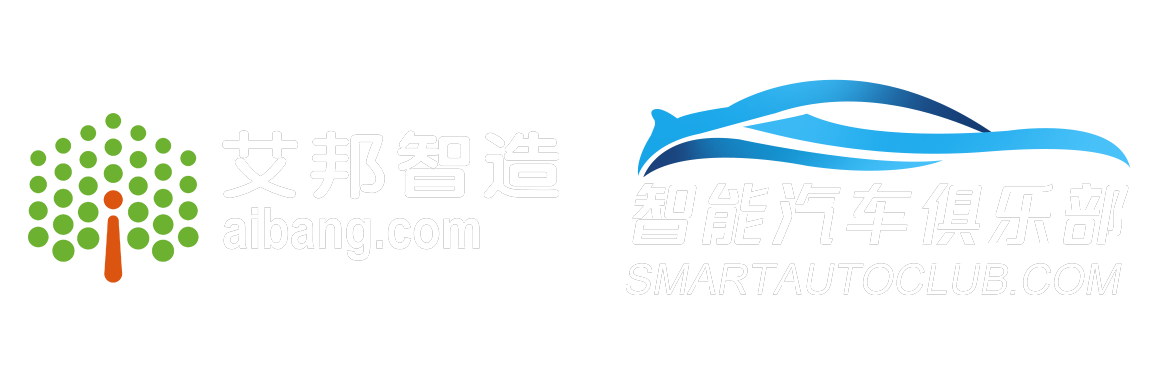what is the LCoS
LCoS is an optical component based on liquid crystal technology, abbreviated as Liquid Crystal on Silicon, which can be directly translated as "Silicon-based Liquid Crystal." In simple terms, LCoS is a reflective display device composed of liquid crystal (Liquid Crystal) material combined with silicon-based integrated circuit technology. Essentially, LCoS utilizes the birefringence (double refraction) properties of liquid crystal molecules to modulate the amplitude or phase of incident light by controlling the polarization state of light. Thus, LCoS can be categorized into amplitude-type and phase-type.
Amplitude-only LCoS-Twisted Nematic Configuration
Amplitude-only LCoS (Amplitude-only LCoS) employs two types of liquid crystal cell arrangements: Twisted Nematic (TN) and Vertical Aligned Nematic (VAN). By applying different voltages to the pixel elements and using orthogonal polarizer groups, the amplitude of incident light is controlled in a gray scale manner, as shown in Figure (1).[2]。
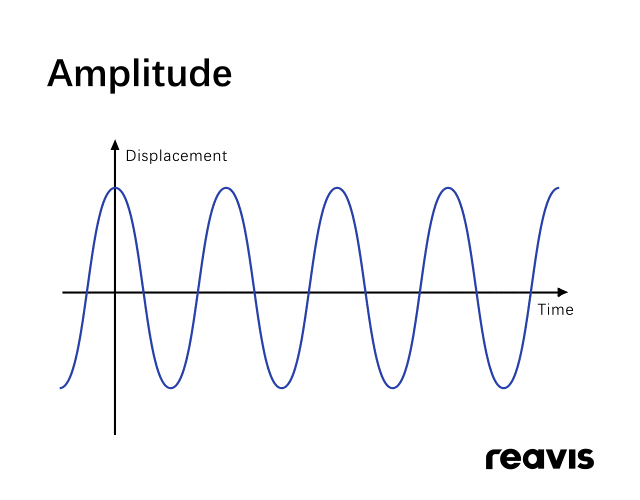
Figure (1). Schematic diagram of amplitude variation of light.
Amplitude-only LCoS modulates light in a manner similar to traditional LCD technology, both of which rely on the application of voltage to pixels and the use of liquid crystal molecules' birefringence effect to alter the polarization state of light. For optimal performance, the polarization direction of the incident light must be parallel to the polarization direction of the LCoS incident polarizer. Under the influence of an applied external voltage, the liquid crystal molecules in the pixels rotate, which changes the polarization characteristics of the incident light. Depending on the polarization characteristics, the outgoing light can be classified into three cases as shown in Figure (2):
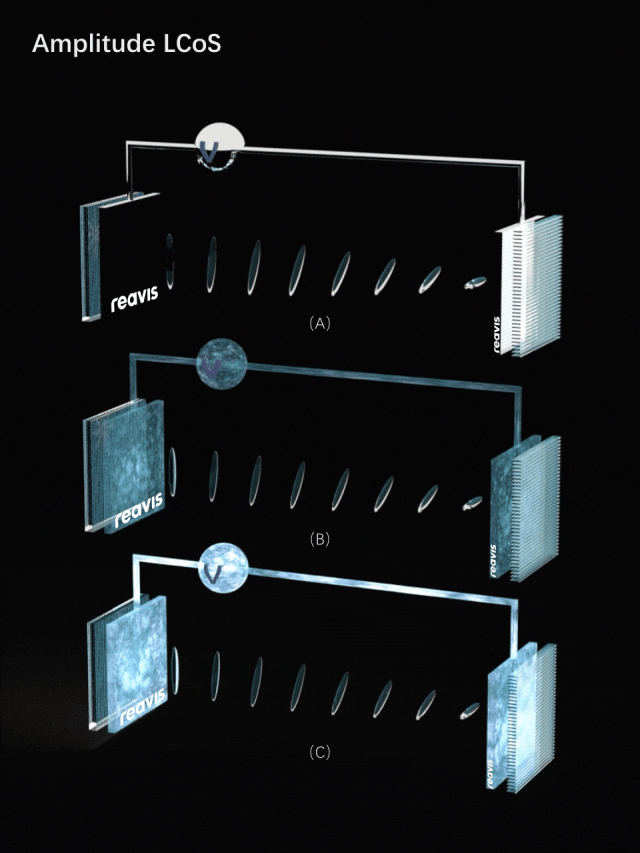
Figure (2). Schematic diagram of the light output conditions from amplitude-only LCoS under different applied voltage intensities.
1) When no external electric field is applied, the liquid crystal molecules between the two polarizers are twisted at 90°. Since light propagates along the direction of the molecular alignment, the light passing through the liquid crystal is also twisted by 90°. It can exit the device and be seen by the human eye (Figure (2)(A)).[4]。
2) When an electric field is applied to the liquid crystal molecules, they begin to rotate under the influence of the electric field. The twisted alignment parallel to the polarizers gradually changes to a vertical alignment perpendicular to the polarizer direction. At this point, the angle at which light passing through the liquid crystal is twisted is between 0° and 90°. Some light can exit the device and be visible to the human eye (Figure (2)).)(B))[4];
3) When the liquid crystal molecules are subjected to sufficient voltage, their alignment becomes completely perpendicular to the polarizers. At this point, light passing through the liquid crystal does not undergo any twisting. This arrangement blocks the light's passage, preventing it from exiting the device (Figure (2)(C)).[4]。
Currently, amplitude-only LCoS has matured in applications in both home and industrial projection fields. The LCoS used in recent vehicle HUDs is also of the amplitude-only type.
Phase-only LCoS-Zero Twisted Configuration
We have previously mentioned the principle of amplitude-only LCoS, which controls the amplitude of light. In comparison, phase-only LCoS (Phase-only LCoS) employs a more commonly used architecture known as the zero-twisted configuration for liquid crystal arrangement, often paired with a set of parallel polarizers. The phase of light can be simply understood as the relative positional relationship of light (as shown in Figure (3)). Changing the phase of light essentially alters its relative position in space, which is the process of light phase modulation.
Phase-only LCoS is typically used in applications such as laser lithography, laser imaging, and holographic imaging. It is often paired with laser light sources because only high coherence light sources can ensure that the light, after phase modulation, exhibits the desired interference effects of reinforcement or weakening, thereby achieving the purpose of light modulation.
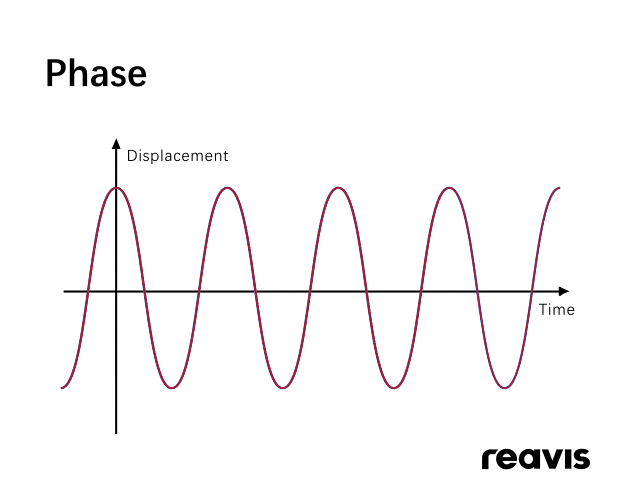
图 (3).光的相位变化示意图
As shown in Figure (4), when a voltage is applied to the liquid crystal layer in a phase-only LCoS, the liquid crystal molecules undergo a deflection. Despite this, the incident light in a phase-only LCoS can still completely exit. However, due to the different refractive indices of the prism-shaped liquid crystal molecules along their long and short axes (long-axis refractive index ne > short-axis refractive index no), when no voltage is applied, the light passes through the short-axis no part of the prism-shaped molecules (as shown in Figure 4(A)). When sufficient voltage is applied, the liquid crystal molecules deflect, and the light passes through the long-axis ne part of the prism-shaped molecules (as shown in Figure 4(B)). Since ne > no, the light's transmission speed in the liquid crystal layer is ve < vo, so after applying voltage, the light's phase position is behind the situation without applying voltage. LCoS can apply different voltages to each pixel point, and the refractive index of the liquid crystal molecules can also be between no and ne, thus achieving pixel-level phase modulation.

图 (4).电压施加的不同强度下,相位型LCoS出射光线的情况
The difference between LCoS and TFT-LCD.
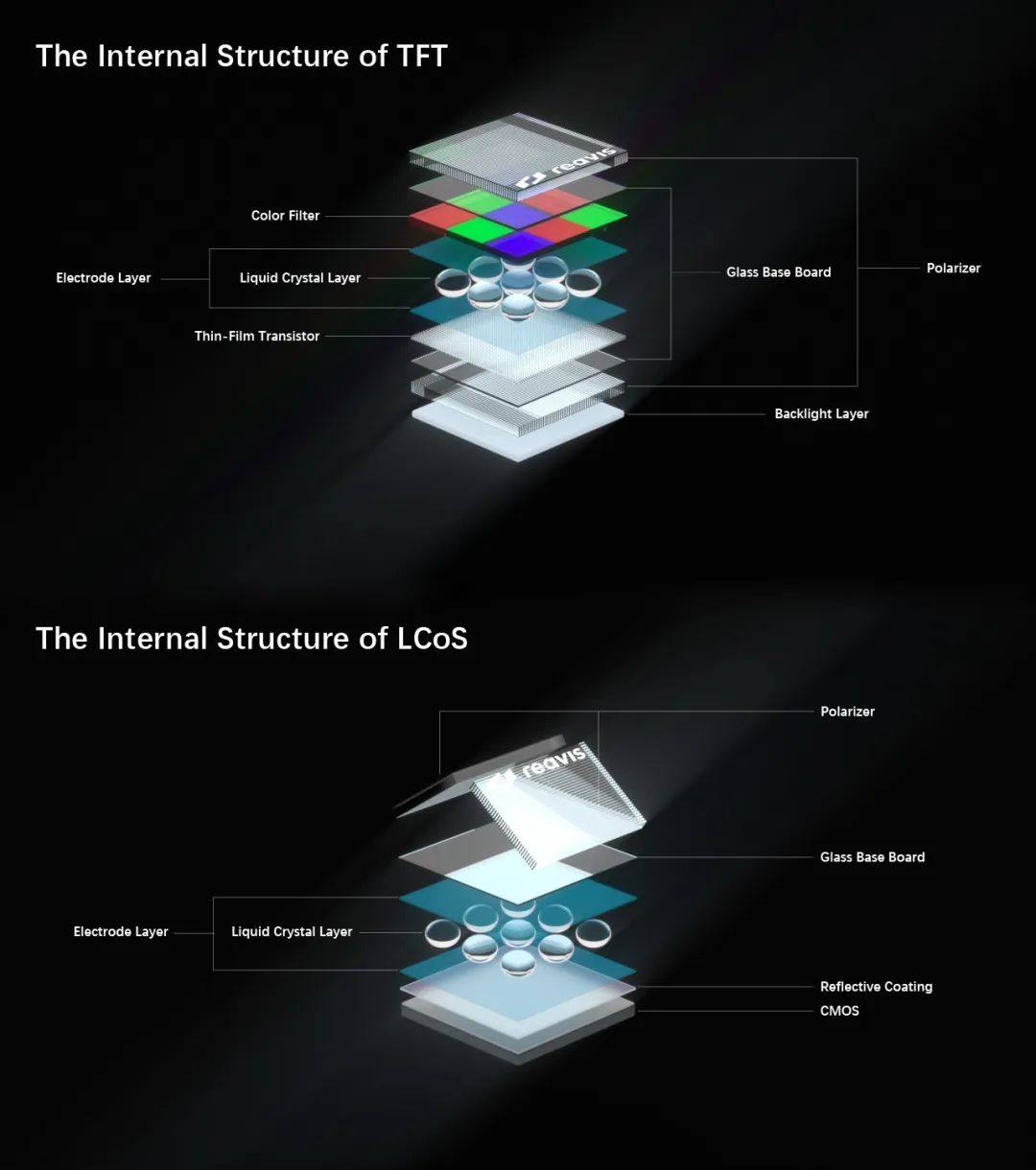
图(5). TFT-LCD和LCoS的内部构造对比
TFT-LCD is a transmissive display, with a glass substrate at the bottom of the panel. The light source is located behind this layer of substrate (Figure (5)(A)). The incident light passes through the glass substrate, and each pixel of the TFT-LCD screen contains a thin-film transistor (Thin-Film Transistor). By controlling the voltage of the thin-film transistor, the rotation of the liquid crystal molecules can be controlled. After passing through the liquid crystal layer, the light is regulated and then continues to pass through the upper glass panel of the display, spreading towards the human eye.
In contrast to TFT-LCD, the mainstream LCoS solution employs reflective imaging, with only the upper panel using a glass substrate and the bottom using a reflective silicon-based backplate (Figure (5)(B)). The control circuit chip on the backplate is mainly made of semiconductor material silicon. The CMOS active display driving matrix on the silicon substrate provides each pixel with MOSFET switches, storage capacitors, shading layers, and pixel electrodes, which are used for integrated circuits and electrical control operations. Between the silicon substrate and the liquid crystal layer, there is a layer of aluminum or other high-reflective material used as a light reflecting surface. This means that after the light enters the liquid crystal layer, it is controlled by the liquid crystal and then reflected by the reflective mirror to the human eye.

图 (6).TFT-LCD与LCoS工作原理
The advantages brought by the LCoS imag ingprinciple include:
LCoS has certain advantages in imaging effects and manufacturing processes, which can be observed from the following aspects.
High light energy utilization.
LCoS has certain advantages in imaging effects and manufacturing processes, which can be observed from the following aspects. Firstly, LCoS has higher light energy utilization. As mentioned earlier, the bottom backplate of LCoS is made of single-crystal silicon, which has good electron mobility and is easy to form fine lines. This has two implications: from a microscopic perspective, under the influence of an electric field, the electrons inside single-crystal silicon move faster; from a macroscopic perspective, the transistors and lines of LCoS can be fabricated within the CMOS chip, located beneath the reflective surface, without occupying surface area, and only the pixel gaps occupy the open area.
Therefore, under the same driving conditions, the overall line size of LCoS will be reduced, and the area available for pixels will be larger. Consequently, the aperture ratio of LCoS will be higher, and the light energy utilization will also significantly increase, with amplitude-only LCoS reaching about 40%, which is four times that of transmissive LCD. Therefore, LCoS can achieve a larger light output, with a higher light intensity per unit projection area, i.e., a higher luminance.
High resolution.
Secondly, LCoS has better resolution [12], mainly because LCoS has higher pixel density (Pixel Per Inch, referred to as PPI). Compared with TFT-LCD, which produces thin-film transistors (Thin-Film Transistors) on glass substrates, LCoS produces complementary metal oxide semiconductor transistors (CMOS Transistors) on silicon substrates that are smaller in size [12]. Therefore, in the same space, the PPI of LCoS based on silicon substrate is significantly greater than that of TFT-LCD based on glass substrate. This means that for TFT-LCD, if you want to achieve the same number of pixels, you need to design a larger glass substrate or reduce the size of a single pixel. However, the design size of the glass substrate is limited, which highlights the advantages of the LCoS silicon substrate, which can achieve greater pixel density, thus ensuring better resolution [12].
In addition, TFT-LCD typically uses a traditional RGB pixel layout, where each pixel point consists of three sub-pixels: red, green, and blue. Each sub-pixel has its corresponding filter, and the image is displayed by adjusting the brightness and color of the backlight.[13]Whereas TFT-LCD typically uses a traditional RGB pixel layout, LCoS can separate the red, green, and blue information from the color image through temporal color driving. It sends the images of different channels into the display at different time intervals. As long as the alternating frequency of the RGB light is high enough, the image perceived by the human eye is a color effect mixed from the three primary colors of RGB.[11]Therefore, the pixel size of LCoS can be smaller, allowing for higher resolution on the same size display. Figure (7) illustrates the brief principles of the internal pixel structure of both technologies.
Figure (7). Schematic diagram of the pixel structure of TFT-LCD and LCoS.
In summary, in terms of light energy utilization and resolution, LCoS surpasses TFT-LCD, achieving a better contrast, higher clarity, and more detailed display effect (see Figure (8)).
Figure (8). Schematic diagram of the display effect between TFT-LCD and LCoS.
Process Advantages.
Furthermore, the manufacturing process of LCoS has certain efficiency advantages. Since the silicon substrate used as the optical reflecting surface can be manufactured through modern integrated circuit manufacturing processes, this means that the LCoS production process can be integrated with the production process of integrated circuits, reducing manufacturing complexity. This integration allows for the mass production of microelectronic structure modules with high reliability and precision, achieving miniaturization and thinning of the LCoS module, and potentially reducing costs.
最Lastly, as an open-source technology, LCoS has fewer restrictions in design and manufacturing compared to the DLP technology with TI's proprietary patents. More companies and individuals can participate in its development, which provides greater space and opportunities for the further development of LCoS.
Disadvantages of LCoS
temperature challenge
尽管LCoS技术已成熟且在投影与光学领域得到一定规模的应用,但在汽车领域,LCoS通过车规的耗时较长,主要原因是 LCoS热管理方面还面临着挑战[14]。尽管TFT-LCD和LCoS都使用液晶材料,但液晶材料的种类却有上千种,TFT-LCD与LCoS所采用的液晶材料不同,TN LCoS与 VAN LCoS所使用的液晶材料也有所区别。液晶器件在温度较高或者较低的情况下,均会出现一定程度的性能下降,为了满足车规使用场景(-40°~+85°),For vehicle-mounted LCoS, it is necessary to select the appropriate liquid crystal for matching, but at the current stage, the main challenge faced by vehicle-mounted LCoS is high-temperature failure. Therefore, there are very few LCoS optomechanical module models that can meet automotive standards for mass production at the current stage.
response delay
Compared to the DLP optomechanical units commonly used in current HUDs, LCoS has a weaker response speed, with a difference of 2 to 3 orders of magnitude (approximately 100 to 1000 times).[15]The color switching of LCoS screens is achieved by controlling the deflection of liquid crystal molecules. The speed of the liquid crystal layer's deflection affects the LCoS's gray scale response time. Moreover, the speed of the liquid crystal layer's deflection is related to temperature; the lower the temperature, the slower the deflection speed. Consequently, at low temperatures, LCoS screens may exhibit noticeable trailing, which can impact the visual experience.[16]。
Theoretically, ferroelectric liquid crystals can rotate faster, thus enhancing the switching speed of LCoS. However, the preparation and integration of ferroelectric liquid crystals are relatively complex, and they may have issues with wear and degradation over long periods of use or frequent switching. Consequently, ferroelectric liquid crystals are not currently used in LCoS displays. Additionally, for phase-only LCoS, in holographic construction, there are three levels of black, white, and gray. Ferroelectric liquid crystals might cause the loss of gray-scale fringes, resulting in a reduction in information content and a decline in image quality.
The current development status of LCoS.
Judging from the parameters disclosed on the market, the current pixel size of LCoS can be between 3.74 and 25 μm [18], and the response speed is at the millisecond (ms) level, approximately within the range of 1 to 200 ms [18]. From the perspective of resolution, the current LCoS can reach a maximum original resolution of 8K (4096×2160) [11]. In December 2020, LCoS achieved mass production in China for the first time, and the pixel density was increased from 4300PPI (for the definition of PPI, see Principles and Applications of Field of View FOV) to 6000PPI.
The future development of LCoS
LCoS's advantage lies in precise optical control, leading to two main applications in the field of optical communications: one is for controlling electro-optic modulators, where LCoS's ability to modulate light intensity helps electro-optic modulators convert electrical signals into optical signals for high-speed, precise optical signal modulation; the other is for use in optical switches, which in optical communication systems are used for switching, routing, and scheduling of optical signals. The precise optical control of LCoS aids in improving the performance and transmission quality of optical switches.
In the display field, LCoS is suitable for various scenarios due to its excellent resolution and contrast. It is used in applications such as 3D projection, holographic projection, and laser projection. Recently, due to its smaller module size, LCoS has been widely used in AR technology, such as in AR head-mounted displays, where LCoS is a commonly used opto-mechanical component.[2]。
In the HUD (Head-Up Display) field, amplitude-only LCoS has already been used in mass production projects, and Ruivision has successfully developed a large field-of-view AR-HUD based on amplitude-only LCoS. Additionally, phase-only LCoS, due to its characteristics of pure phase modulation, can also support the implementation of digital holography (CGH), achieving a real-time zoom 3D AR-HUD display.
#参考来源:
[1]Vettese, D. (2010). "Liquid crystal on silicon". Nature Photonics, 4(11), 752-754.
[2]Lazarev, G., Hermerschmidt, A., Krüger, S., & Osten, S. (2012). "LCoS spatial light modulators: trends and applications". Optical Imaging and Metrology: Advanced Technologies, 1-29.
[3]Michalkiewicz, A., Kujawinska, M., Kozacki, T., Wang, X., & Bos, P. J. (2004). "Holographic three-dimensional displays with liquid crystal on silicon spatial light modulator". In Interferometry XII: Techniques and Analysis (Vol. 5531, pp. 85-94). SPIE.
[4]Frumker, E. and Silberberg, Y. (2007). "Phase and amplitude pulse shaping with two-dimensional phase-only spatial light modulators". J.Opt.Soc.Am.B,24(12).
[5]Zhang, Z., You, Z., & Chu, D. (2014). "Fundamentals of phase-only liquid crystal on silicon (LCOS) devices". Light: Science & Applications, 3(10), e213-e213.
[6]Dai, H., Liu, K. X. Y., Wang, X., & Liu, J. (2004). "Characteristics of LCoS phase-only spatial light modulator and its applications". Optics Communications, 238(4-6), 269-276.
[7]Ma, J., Ye, X., & Jin, B. (2011). "Structure and application of polarizer film for thin-film-transistor liquid crystal displays". Displays, 32(2), 49-57.
[8]Yin, Kun, et al. (2022). "Advanced liquid crystal devices for augmented reality and virtual reality displays: principles and applications." Light: Science & Applications 11.1: 161.
[9]Liu, H., Sun, C., Wang, W., & Zheng, J. (2015). "Design of a LCOS laser projector". Optik, 126(15-16), 1483-1486.
[10]Stauth, Sean A., and Babak A. Parviz. (2006). "Self-assembled single-crystal silicon circuits on plastic." Proceedings of the National Academy of Sciences 103.38: 13922-13927.
[11]Bleha Jr, William P., and Lijuan Alice Lei. (2013). "Advances in liquid crystal on silicon (LCOS) spatial light modulator technology." Display Technologies and Applications for Defense, Security, and Avionics VII 8736: 47-54.
[12]Chen, Huang-Ming Philip, et al. (2018). "Pursuing high quality phase-only liquid crystal on silicon (LCoS) devices." Applied Sciences 8.11: 2323.
[13]Lee, Baek‐woon, et al. (2003). "40.5 L: late‐news paper: TFT‐LCD with RGBW color system." SID symposium digest of technical papers. Vol. 34. No. 1. Oxford, UK: Blackwell Publishing Ltd,.
[14]Kacperski, Jacek, and Malgorzata Kujawinska. (2006). "Active, LCoS based laser interferometer for microelements studies." Optics express 14.21: 9664-9678.
[15]Zou, Hans, Adam Schleicher, and John Dean. (2005) "58.1: Single‐panel LCOS color projector with LED light sources." SID Symposium Digest of Technical Papers. Vol. 36. No. 1. Oxford, UK: Blackwell Publishing Ltd.
[16]Ali, Masoud H., Paul Lyon, and Peter De Meerleer. (2014). "Night vision goggle stimulation using LCoS and DLP projection technology, which is better?." Display Technologies and Applications for Defense, Security, and Avionics VIII; and Head-and Helmet-Mounted Displays XIX. Vol. 9086. SPIE.
[17]Meyer, Robert B., et al. (1975). "Ferroelectric liquid crystals." Journal de Physique Lettres 36.3: 69-71.
[18]数据来源:Holoeye、Sintec Optronics等官网
[19]Mayer, Günter, and Alexander Heckel. (2006). "Biologically active molecules with a “light switch". Angewandte Chemie International Edition 45.30: 4900-4921.
文章来源:睿维视ReaVis
艾邦现建有汽车抬头显示HUD微信群,大陆电子、未来黑科技、泽景、马瑞利、华阳多媒体、法雷奥、怡利电子、前海智云谷、613所、矢崎仪表、疆程、乐驾科技、京龙睿信、均胜电子、炽云科技、锐思华创、舜宇光学、广景、宝沃汽车、北汽、日产、比亚迪、一汽、上汽、蔚来、吉利、3M、积水、福耀玻璃、富兰光学、亮宇光学、京瓷、瑞霏光电等,欢迎扫码加入。加入前请转发本文。
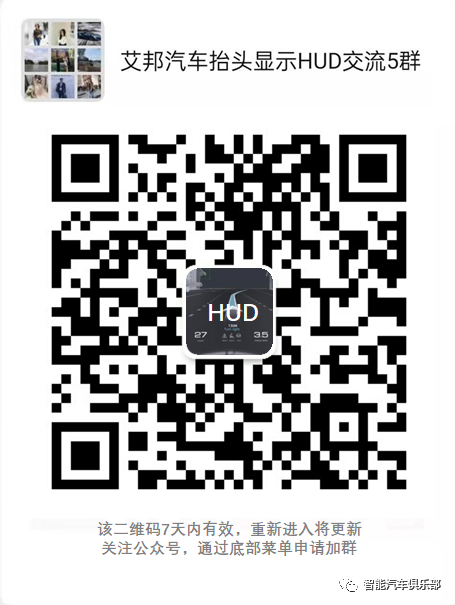
Recommended activity one:第三届毫米波雷达产业链技术论坛(11月4日 上海)
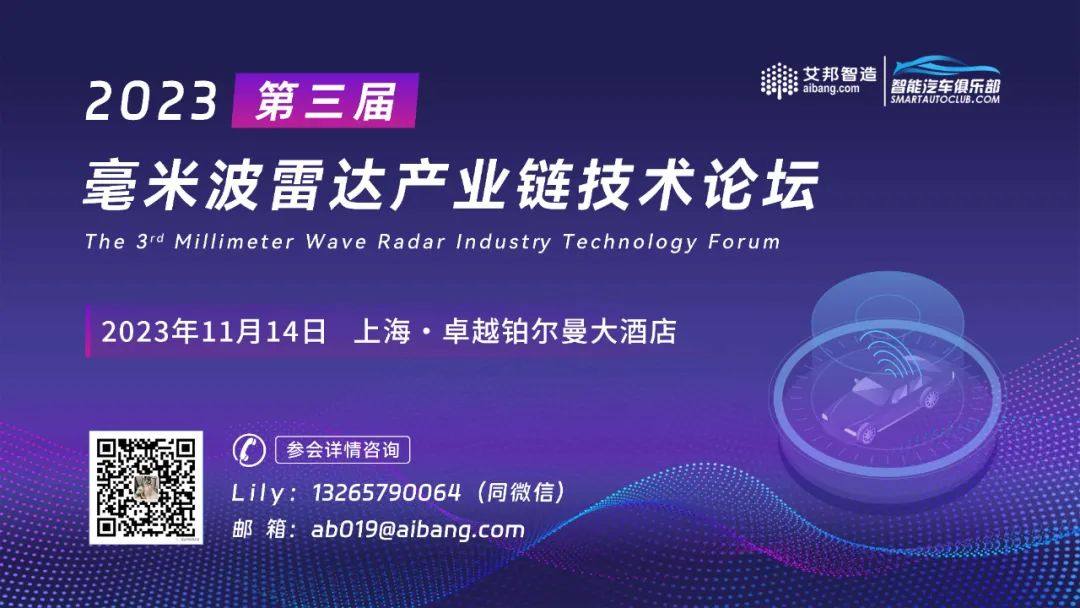
点击阅读原文亦可报名毫米波雷达技术论坛
Activity recommendation two:第四届智能车灯创新技术及供应链技术论坛(12月8日 深圳)
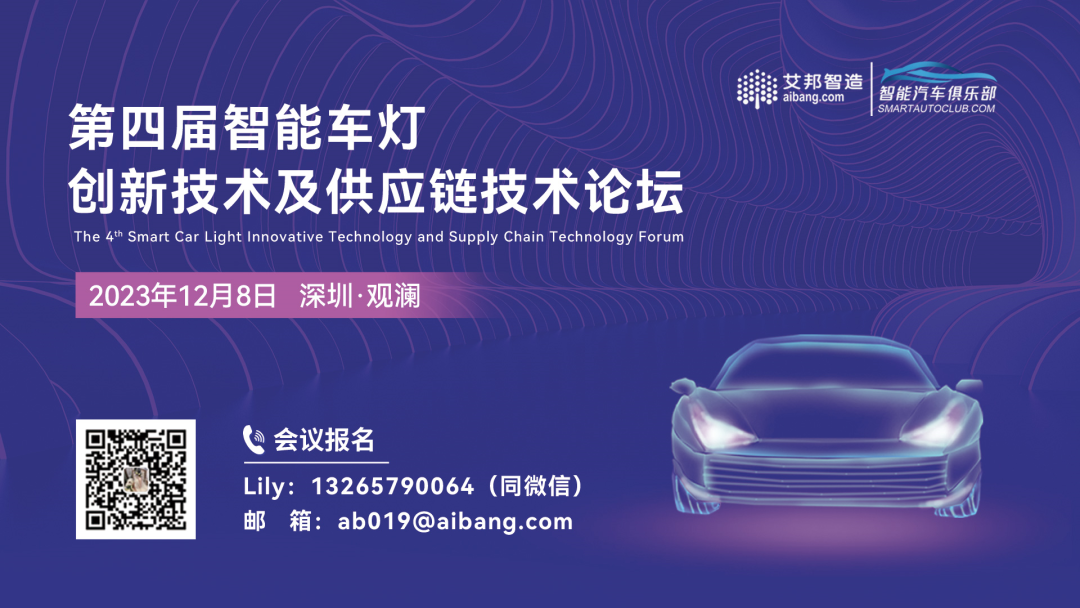
The original article was posted on the WeChat official account "Smart Car Club."An Overview of the LCoS Principle in Optical Machines

长按识别二维码,加入群聊
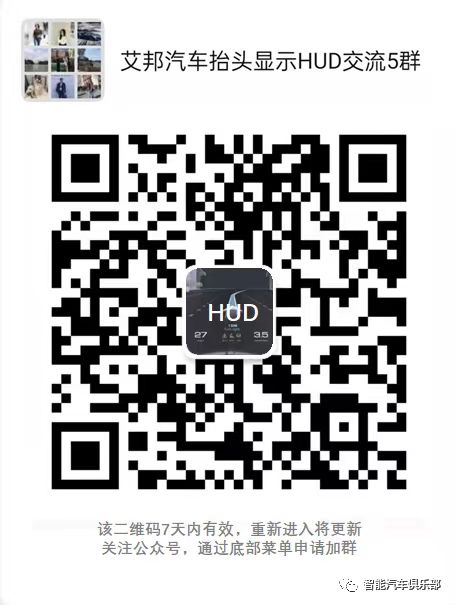 Welcome to join us.艾邦HUD通讯录,目前有2500人,包含各大HUD厂商以及主机厂负责人均已经加入,可以通过点击下方关键词查看
OEM Autonomous Driving (V2X) HUD厂商 HUD初创 TFT影像源 DLP光机 MEMSLSP chip 电子元器件 light source LCD auto parts circuit board 玻璃透镜 光学镜面 光学镀膜 光学镀膜设备 optical design 光波导 匀光片 Light diffusion film 高性能塑料 film 功能涂料 吸光材料 散热方案 贴合胶带 glue adhesive 挡风玻璃 楔形膜 传动机构 AR生成器 AR导航 测试软件 Cutting machine Laser equipment Testing Equipment equipment other
Welcome to join us.艾邦HUD通讯录,目前有2500人,包含各大HUD厂商以及主机厂负责人均已经加入,可以通过点击下方关键词查看
OEM Autonomous Driving (V2X) HUD厂商 HUD初创 TFT影像源 DLP光机 MEMSLSP chip 电子元器件 light source LCD auto parts circuit board 玻璃透镜 光学镜面 光学镀膜 光学镀膜设备 optical design 光波导 匀光片 Light diffusion film 高性能塑料 film 功能涂料 吸光材料 散热方案 贴合胶带 glue adhesive 挡风玻璃 楔形膜 传动机构 AR生成器 AR导航 测试软件 Cutting machine Laser equipment Testing Equipment equipment other
Download:
